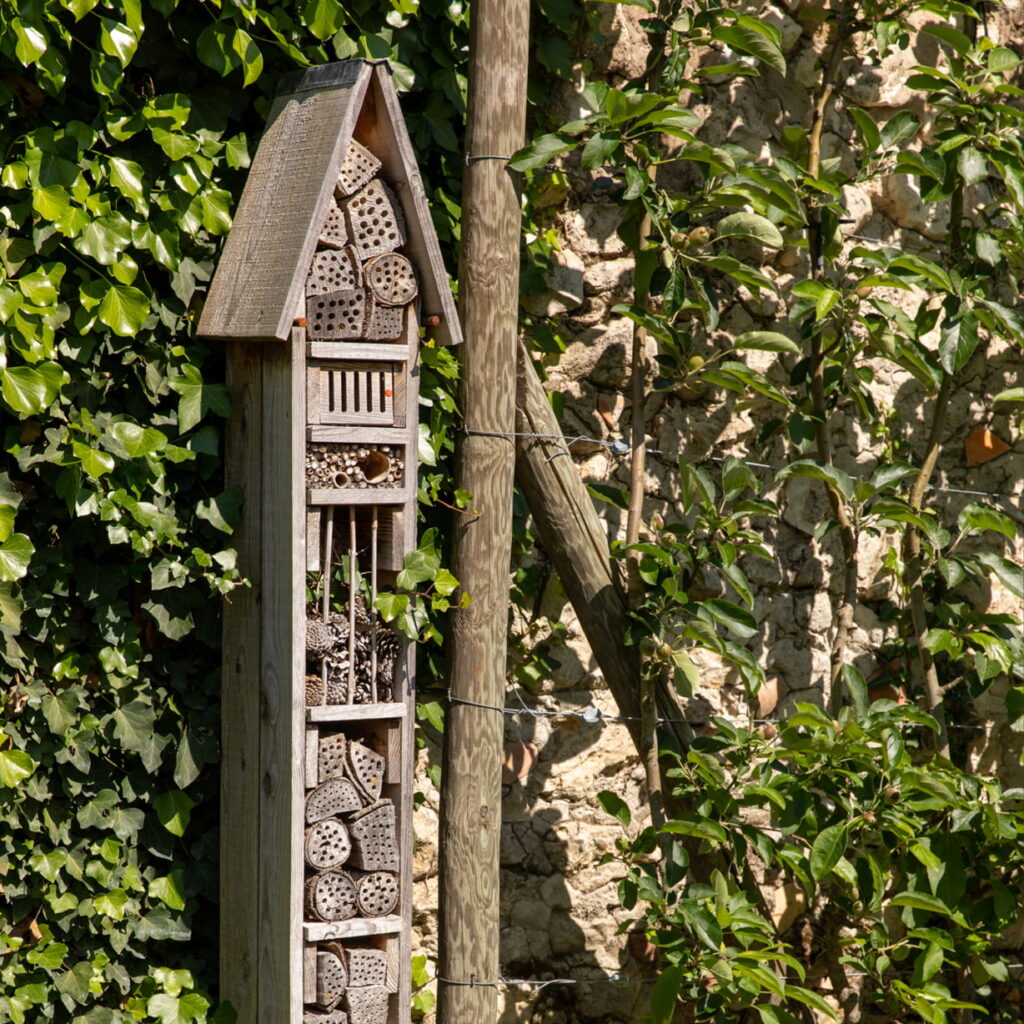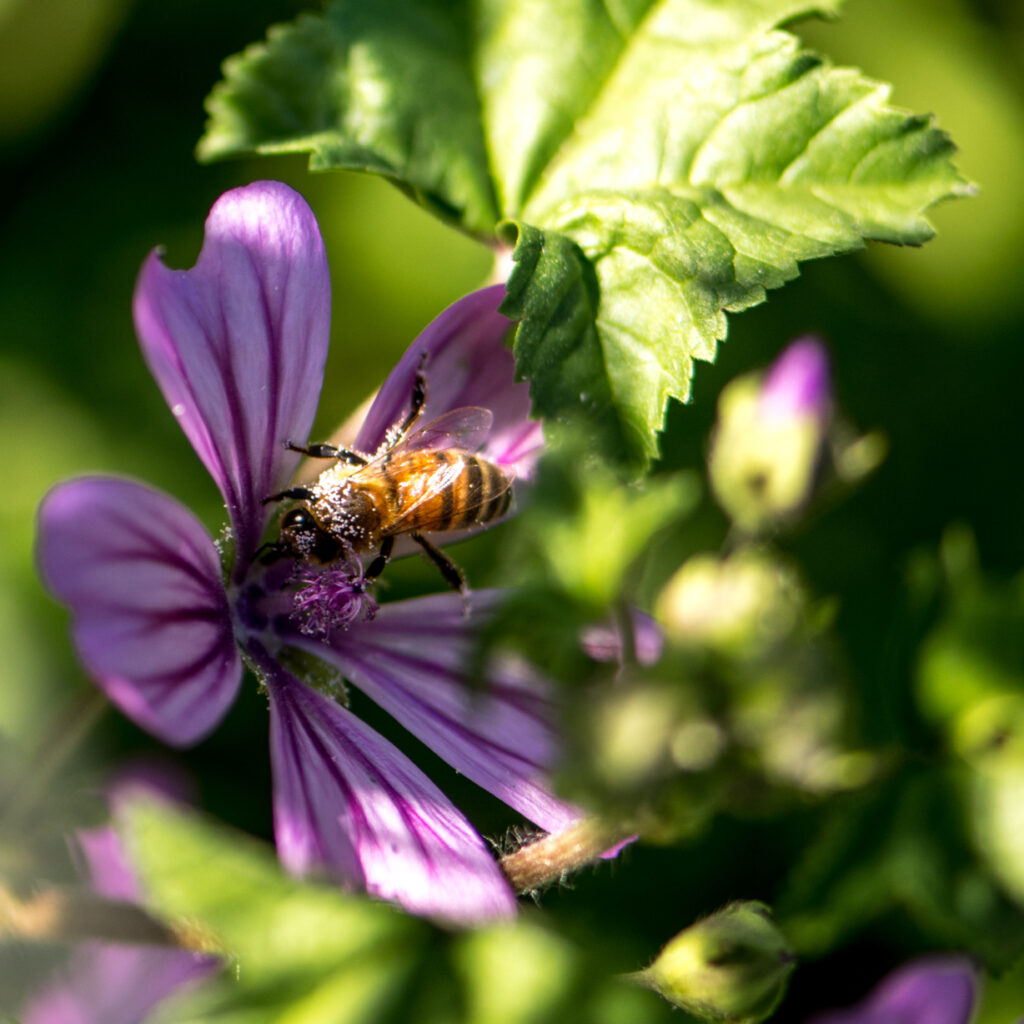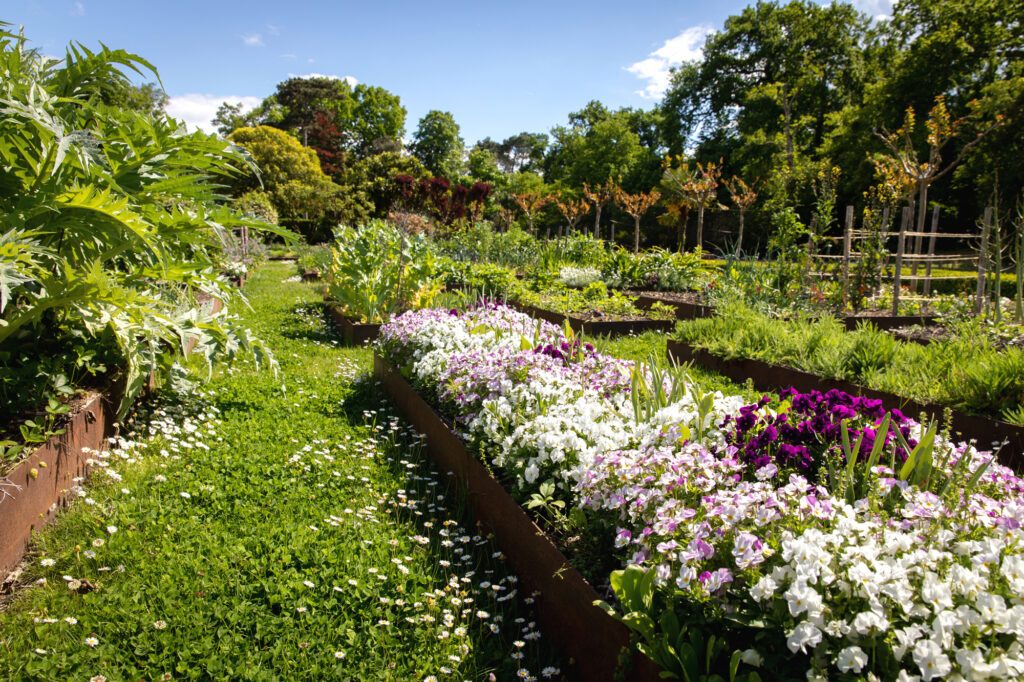Commitments
Domaine Clarence Dillon nurtures, since its creation, a long-standing tradition of patronage and commitments.
A long-standing tradition of patronage
Since it was first established, Domaine Clarence Dillon has been involved, in France and internationally, in patronage activities and philanthropic donations that promote the cultural influence of French heritage and the arts. This commitment follows the example of its American founder, Clarence Dillon, an aesthete and Francophile, who bought Château Haut-Brion in 1935. Truly passionate about the French art of living, he even took cooking classes at Le Cordon Bleu Culinary School. This Franco-American love story and strong bond with art continues among his descendants. His son, Douglas Dillon, after having been Ambassador for the United States in France, became President and Chairman of the Metropolitan Museum of Art in New York and notably founded the Asian Wing of the Museum.
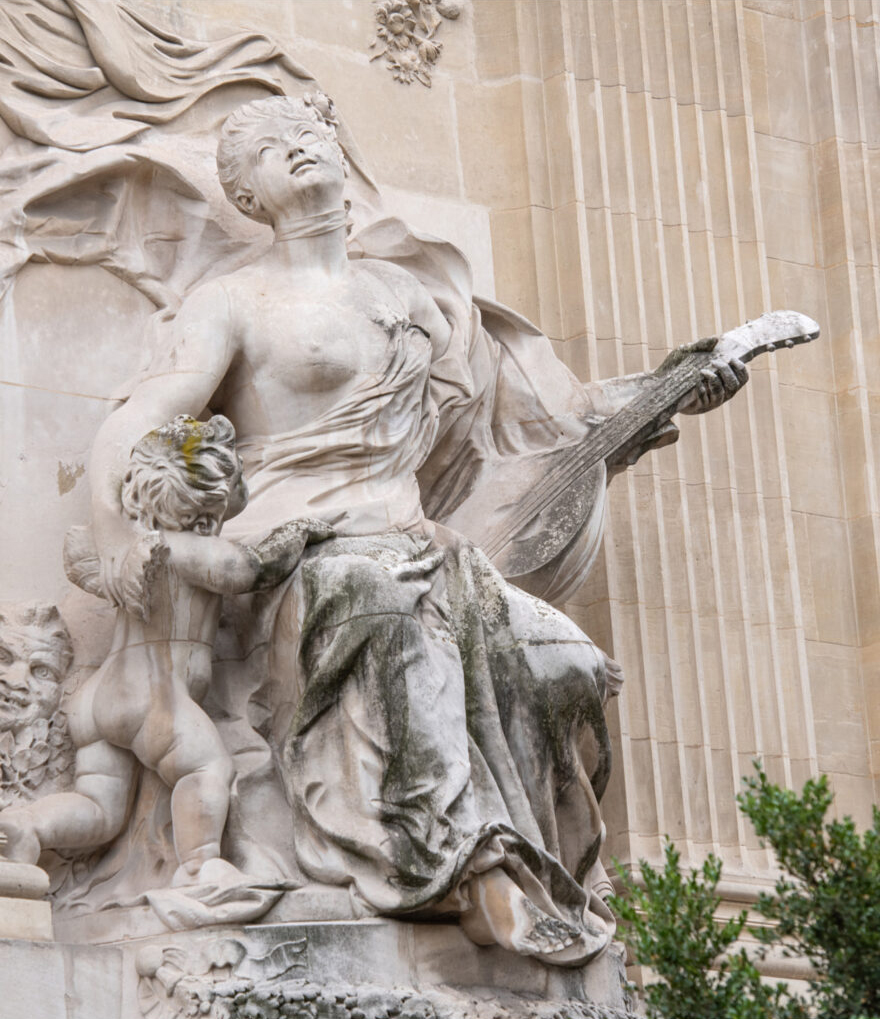
Patronage of the Grand Palais for the renovation of its statuary
Domaine Clarence Dillon, whose Parisian residence faces the Grand Palais, is continuing the tradition of patronage dear to its founder, by giving its support to the restoration of the statuary along the Avenue Franklin D. Roosevelt frontage, which includes ten of the monument’s most emblematic sculptures. The frontage of the Grand Palais on Avenue Franklin D. Roosevelt is lavishly ornamented by ten majestic statues, each of them representing a noble subject of art and science. By their symbolic representation, they convey the creative power of the artist and the intellectual precision of the scientist. Considerably damaged by weather and pollution, the collection of statues has had to be completely wrapped in netting since 2018. This large-scale restoration project will call upon skilled craftspeople: stonemasons and restoration professionals, experts in restoration techniques of outdoor ornaments and statues, whilst giving practical training to young talents in heritage restoration. Passing on know-how, one of the values dear to Domaine Clarence Dillon, is reflected here in the best possible way.
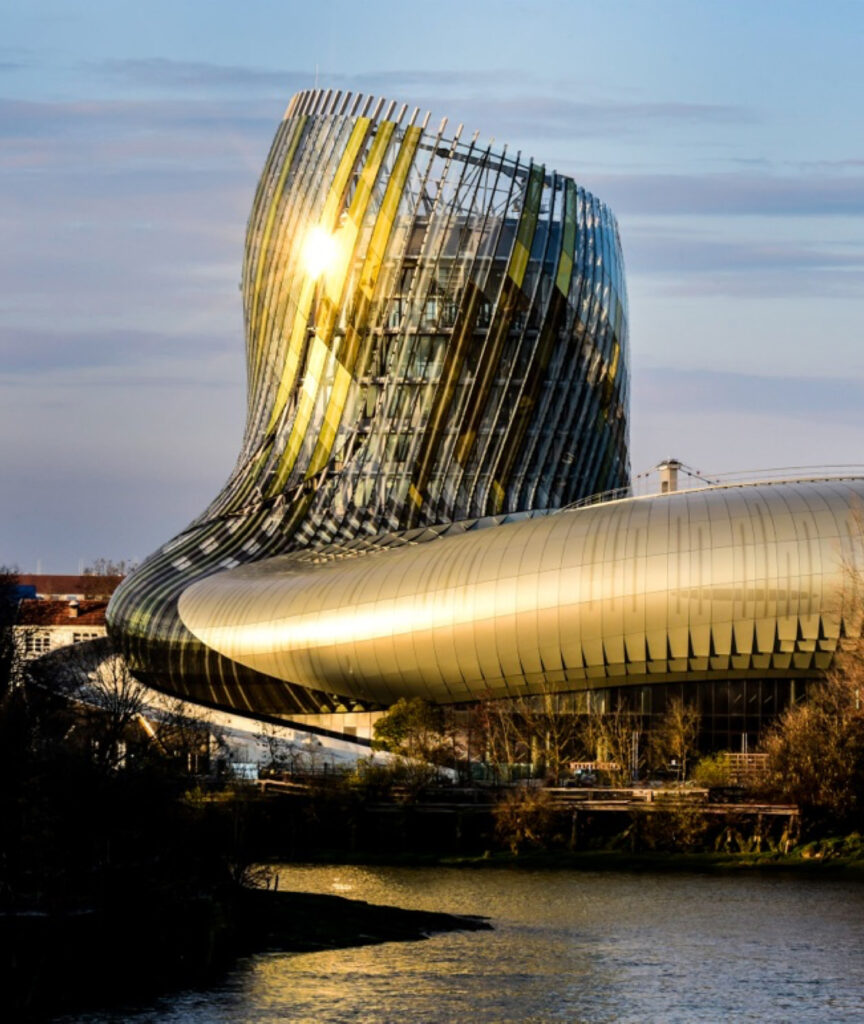
Domaine Clarence Dillon’s commitments
In 2010, Domaine Clarence Dillon, represented by its Chairman Prince Robert of Luxembourg, as well as the members of the Dillon Family, through its charitable foundation, became the first patrons, “Honorary Builders”, of the Cité du Vin in Bordeaux. Today, the company gives its support to numerous institutions in France, notably the Louvre Museum, as well as the Bordeaux Opera House for the restoration of its Main Foyer and Artists’ Room, in addition to the Bordeaux University Foundation, which aims to make Bordeaux University a centre of European excellence. Internationally, Domaine Clarence Dillon assists young talents every year via the Montreux Jazz Artists Foundation and also gives its backing to causes related to health (Sidaction), human rights (Human Rights Watch) and the environment (One Drop).
Sustainable winegrowing and biodiversity
The protection of the environment is an ancient practice rooted in the preservation of the terroir, which has been passed down from generation to generation. This involves showing careful consideration for the soils and their characteristics, limiting the number of interventions and using no insecticides. Château Haut-Brion’s and Château La Mission Haut-Brion’s grounds have a wooded area of 4.5 hectares, including a park of 3.5 hectares that is home to a great variety of birds, some of which are protected species. This diversity is further increased by the large surface area of the park and the variety of habitats it provides. At Château Quintus, the recent inventory of the profusion of auxiliary fauna and flora of the property, carried out with the assistance of a doctor of entomology and landscape ecology, reveals a rare abundance of species: 800 types of auxiliary fauna gathered, divided into 200 different species and 80 varieties of wild flowers were counted at the estate. In order to enhance the natural biodiversity of the area, the vineyard workers sow wild flowers on fallow land in the escarpments of the hillside slope, as well as in plots where vines have been uprooted.
The gentle, sustainable management of the wooded
areas at the properties is also crucial, as our grounds and vineyards
are part of the ecological corridors and biodiversity reservoirs of Bordeaux’s
urban area for the Left Bank, and part of the Mediterranean Green Belt
for the Right Bank. The continuous work of the teams committed
to protecting the terroir has been rewarded by the estate
obtaining dual certification: High Environmental Value (HEV) since 2018
and ISO 14001 since 2019, within the collective framework of the
first association for the EMS (Environmental Management System) of Bordeaux wines.
